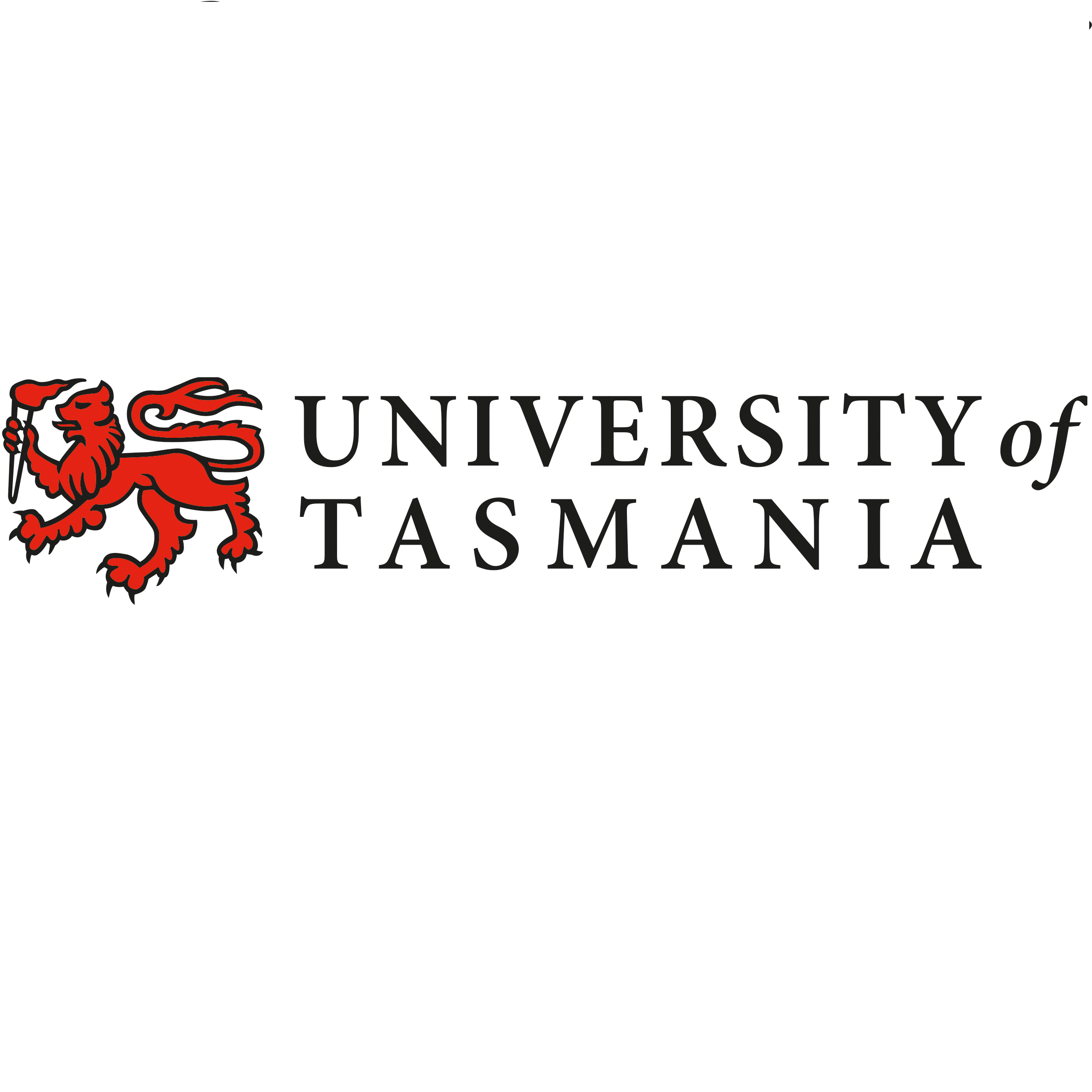Full description
This study created a size-structured stock assessment model to examine the population dynamics and fishing impacts on the long-spined sea urchin (Centrostephanus rodgersii) on the east coast of Tasmania, Australia. The model tracks urchin abundance and growth through size classes over time, using a transition matrix to determine how individuals grow each year, for nine (9) East Coast Tasmanian regions described by Ling and Keane (2018). It begins in 1960 with no population, reflecting the species' first recorded presence in Tasmania in 1978. The model runs until 2160, but the focus of the paper and results is for management options in the next 5 to 10 years, plus retrospective examination for the past 15 years since commercial fishing began.
The model generates data through the model testing and fitting process. Output files are defined by three 'classes' (biomean, fitsum, nevermean), with each class producing results for the nine different geographic regions.
(1) 'biomean' is predicted urchin density (kg/m2) for each region;
(2) 'fitsum' is the Rstan-produced model fit for each region, where the model provides a fit of an equation for recruitment over time based on a sigmoidal increase function;
(3) 'nevermean' is the predicted/projected urchin density if no commercial fishing ever occurred for each region.
The modelling process is fully described in the associated journal article (in final preparation). A description of files is provided in the 'Lineage' section of this record.
Lineage
Maintenance and Update Frequency: notPlanned
Statement: All data generated by the model is interpolated (i.e. not empirical field collected data).
The model is divided into nine latitudinal regions based on diver surveys conducted in 2001/02, 2016/17, and 2020/21 (see Ling and Keane 2018; https://hdl.handle.net/102.100.100/495526). These surveys estimated urchin density across various depths, which were scaled using reef area data derived from the Seamap Australia National Benthic Habitat Layer (https://metadata.imas.utas.edu.au/geonetwork/srv/eng/catalog.search#/metadata/4739e4b0-4dba-4ec5-b658-02c09f27ab9a). The data, while standardized, contain unavoidable uncertainty due to natural variability in urchin distribution. The model incorporates both this fisheries-independent survey data and historical commercial catch records, including the effects of a government subsidy introduced in 2016 to support urchin harvesting in targeted areas.
The model simulates size-structured population changes annually, accounting for growth, natural mortality, recruitment, and fishing mortality. It focuses on depths of 4 to 26 metres, aligning with commercial harvesting limits and the primary habitat for macroalgae and abalone. Urchins below 26 m were excluded, as field studies suggest minimal movement between deeper and shallower waters, and management currently is unable to target these depths due to dive fishery using hand harvesting only.
Recruitment is modelled as a sigmoidal function, capturing the range extension of Longspined sea urchins through effects of increasing temperatures and East Australian Current dynamics on larval survival. The model was fitted to observed biomass at four key time points: 1980 (near-zero biomass), 2002, 2017, and 2021. Due to the limited number of data points, the model provides conceptual insights rather than precise population estimates.
---DATA DICTIONARY---
MODEL INPUTS
• biomass_calc_simple_18m_26mreefarea.csv = Longspined sea urchin biomass calculation per area of reef at each of the 9 regions (original data published in Ling and Keane 2018 plus a new report currently in press).
• histcatchdat.csv = historial catch record for the Longspined sea urchin fishery over the 9 regions (Cresswell et al. 2023).
• 2.622MaxDL_JL.csv = size transition matrix used in the model.
MODEL OUTPUTS
• biomean_.csv = predicted urchin density (kg/m2) for each region (1-9).
• fitsum_.csv = Rstan-produced model fit for each region (1-9), where the model provides a fit of an equation for recruitment over time based on a sigmoidal increase function.
Columns V1 to V8 represent predicted values (V1 = mean, V2 = Standard deviation, V3 = 5th percentile, V4 = 50th percentile, V5 = 95th percentile, V6 = Effective sample size, V7 = R-hat) for the recruitment function parameters, rows 1 to 4 (row 1 = parameter "a" representing the growth rate of number of recruits arriving to each region over time due to range extension, row 2 = parameter "b" representing the inflection point, row 3 = parameter "c" representing the asymptote or maximum number of recruits arrive to a region, based on the formula where the number of recruits arriving to a region over time = c/(1+e^-a(t-b)).
• nevermean_.csv = predicted/projected urchin density if no fishing ever occurred in each region (1-9).
Notes
Credit
CSIRO Sustainable Marine Futures Program for funding support



